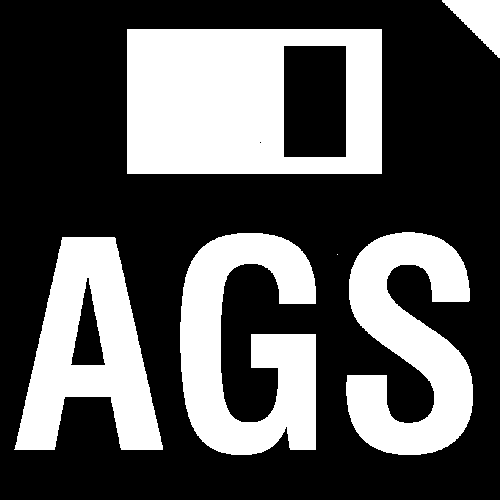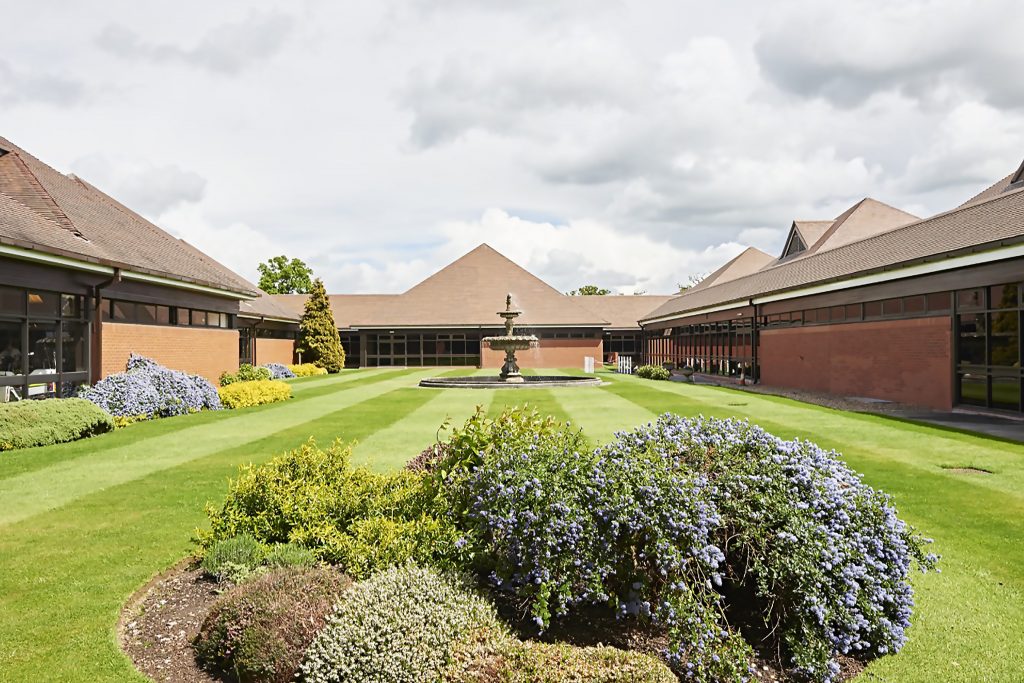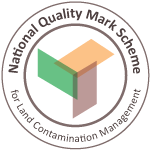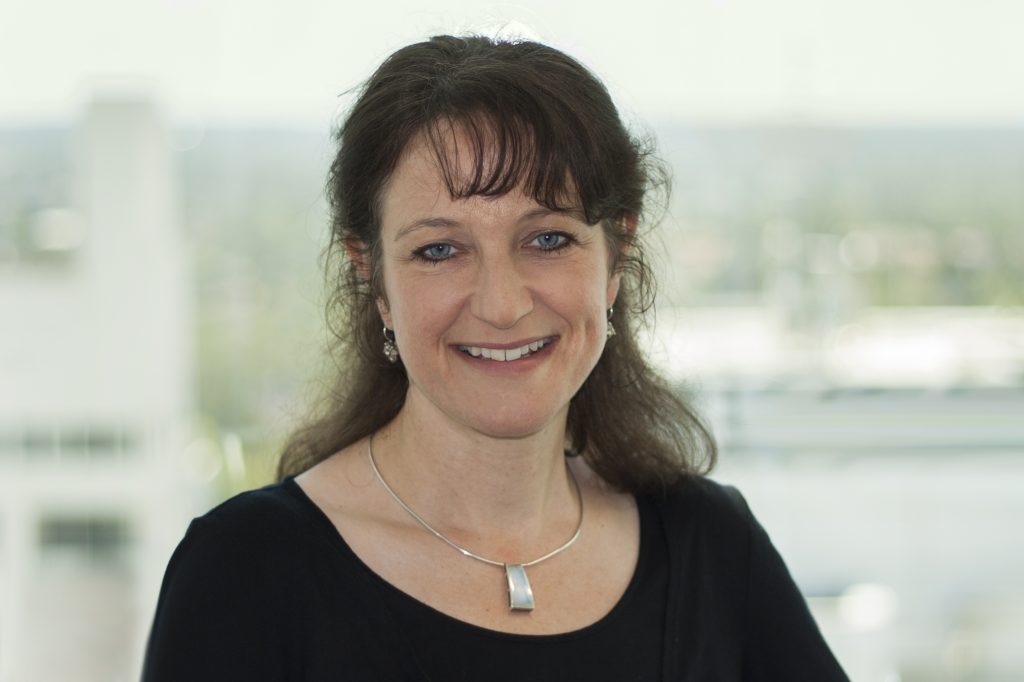AGS Members’ Day 2018 is taking place on Wednesday 11th April at the National Motorcycle Museum in Birmingham.
Celebrating 30 years of the AGS, this full day event will see a series of industry experts present on topics such as sustainable remediation, Eurocode 7, sheer box testing and mineworking remediation. There will also be an extended Annual General Meeting and summary reports on each of the AGS’ Working Groups;
Introduction
Neil Parry, AGS Chair and Technical Director at Geotechnical Engineering
Business Practice Working Group Report
Sally Hudson, Regional Manager at Coffey
Data Format Working Group Report
Jackie Bland, IT Manager at Geotechnics
Loss Prevention Working Group Report
Hugh Mallet, Technical Director at BuroHappold Engineering
Working with the new BS ISO 18504:2017 – Sustainable remediation
Dr Paul Nathanail, Managing Director at Land Quality Management
Geotechnical Working Group Report
Neil Chadwick, Associate, Geotechnics at Arup
Laboratories Working Group Report
Dimitris Xirouchakis, Director of Laboratories at Structural Soils
Contaminated Land Working Group Report
Vivien Dent, Associate Technical Director, RSK
Ch-ch-ch-ch-Changes: Eurocode 7 in 202X
Andrew Bond, Director at Geocentrix
Safety Working Group Report
Adam Latimer, Director at Ian Farmer Associates
AGM and Awards
Bridging the Gap between Investigation, Testing, Design and Construction – Case Study and Panel Discussion
Yuli Doulala-Rigby (Tensar International), Dr. Gary Fowmes (Warwick University), Tracey Radford, (Atkins), Dave Hutchinson (ex Network Rail), Jim Webster (Kier Chief Materials Engineer), Patrick Waterhouse (Bowdon Consulting) and Dimitris Xirouchakis (Structural Soils). Panel discussion to be compared by Claire Smith (Editor of Ground Engineering Magazine).
Mineworking Remediation
Scott O’Neill-Gwilliams, Technical Director at AECOM
Legal issues in connection with the use of the AGS Digital Data format
Guy Lane, Partner at BLM
Closing Summary
Neil Parry, AGS Chair and Technical Director at Geotechnical Engineering
The programme can be viewed here.
MEMBERS’ DAY SPONSORS
Soil Engineering
With over 50 years of experience, Soil Engineering are one of the country’s foremost Ground Investigation and Specialist Grouting Contractors. The comprehensive in-house geotechnical laboratory, continually updated plant fleet, and ongoing investment in training and staff development, allow Soil Engineering to provide a reliable and cost-effective solution for any geotechnical project, throughout the UK.
www.soil-engineering.co.uk
AmbiSense
AmbiSense is a technology company operating in the environmental sector. We build real-time sensor platforms to generate unique insight about a multitude of industrial and environmental issues to help our customers solve complex environmental problems. Our signature product, GasfluX is the world’s first continuous gas and flow monitoring device for ground-gas applications. The technology enables, real-time monitoring of landfills, brownfield sites, onshore O&G facilities and industrial sites.
www.ambisense.net
Concept
Concept specialises in the design and implementation of highly complex geotechnical, geo-environmental and structural site investigations. Our client base includes some of the UK’s largest Engineering Consultancies, Developers, Project Managers and Public Bodies.
We offer a one stop planning, contracting and when required interpretative service which includes every aspect of investigative work required for a new development.
www.conceptconsultants.com
Envirolab
Envirolab provides laboratory services spanning a broad organic and inorganic portfolio. Our reputation for excellence is built on continually providing our clients with reliable results delivered on time and within budget. Our UKAS and MCERTS accreditations guarantee our commitment to quality. We are the utterly reliable analytical laboratory.
www.envlab.co.uk
Fugro
Fugro provides geo-intelligence and asset integrity services worldwide. With experts in testing, mapping, measuring and investigating the built and natural environments we help clients reduce uncertainty and manage risk. We offer clients the widest range of site investigation capabilities to deliver a digital replica of the subsurface.
www.fugro.com
Geotechnical Engineering
Geotechnical Engineering Ltd is the UK’s largest privately-owned ground investigation contractor, renowned for providing a range of innovative ground investigation services for thousands of land-based projects since 1961. From Utility Surveying to all aspects of ground investigation and having our own UKAS accredited laboratory, we are proud to call ourselves industry experts.
www.geoeng.co.uk/
i2 Analytical
i2 Analytical is an leading independent testing and analytical laboratory. Our Geotechnical department supports a range of sectors including Civil Engineering and GeoEnvironmental contractors/consultants. We also have expertise in asbestos testing and perform a range of chemical analyses using state of the art techniques on waters, soils and associated materials.
www.i2analytical.com
In Situ Site Investigation
In Situ Site Investigation is a multi-national specialist geotechnical and geo-environmental site investigation company, which specialises in the use of Cone Penetration Testing (CPT) techniques including seismic, shear vane, video cone, pressuremeter, magnetometer, MiHpt & MOSTAP sampling. Our specialised rigs enable us to work in most locations including railways, marine, Brownfield sites, river slopes and rugged, mountainous terrain.
www.insitusi.com
Land Science
We are an established ground investigation specialist in contaminated land and ground engineering projects for public and private clients in a wide range of scenarios including development, infrastructure, civil engineering, legal, and regulatory. We have bases in London and the South and operate our own rigs and a geotechnical laboratory.
www.landscience.co.uk
Lankelma
Lankelma is a leading company in the field of Cone Penetration Testing (CPT) & site investigation for construction projects both onland and overwater. With our large fleet of CPT rigs and ingrained knowledge we go beyond simply supplying accurate and reliable data, and provide our clients with high-value interpretation and engineering input for their projects.
www.lankelma.co.uk/
NHBC
Established in 1936, NHBC sets standards for its registered house builders and works to improve the construction quality of the homes they build. This is ultimately for the benefit of homeowners.
NHBC is a non-profit distributing organisation with no shareholders that dedicates resources and technical expertise to support the industry in raising the standards of new homes.
www.nhbc.co.uk/lqe
Quantum Geotechnical
Quantum Geotechnical, based in South Wales and South West England, working nationwide, provides a comprehensive service across the ground investigation, geotechnical contracting and geotechnical consultancy sectors. We have a specialist fleet of multi-purpose drilling rigs, a UKAS accredited in-house laboratory and a team of experienced and chartered engineers and geologists.
www.quantum-geotech.co.uk
Robertson Geologging
Robertson Geologging (RG) pioneered the development of wireline conveyed, slim-hole, digital logging systems and techniques. With extensive international experience of providing geophysical instrumentation and onsite services, RG operates in the geotechnical, mining, water, environmental and hydrocarbon sectors. RG headquarters in North Wales house the main design, development and assembly capability.
www.geologging.com
SOCOTEC
As a leading geotechnical services provider, SOCOTEC – formerly ESG – offers a diverse range of geotechnical and geoenvironmental investigation capabilities. From deep boring, wireline drilling and dynamic sampling to specialist in situ testing, in-house laboratories and engineering consultancy, SOCOTEC’s service offering covers the whole project lifecycle, through design, construction and the built stages.
www.socotec.co.uk
Structural Soils
Structural Soils Ltd has evolved into a national, multidisciplinary integrated, geotechnical and geo-environmental Site Investigation Company with the proven capability, capacity and confidence to undertake contracts of any size, in any location and virtually any scope. The company undertakes contracts across the UK through its offices in Bristol, Castleford, Coventry, Glasgow, Hemel Hempstead and Tonbridge.
www.soils.co.uk
Landmark Information
Landmark’s Envirocheck provides industry-leading site-specific environmental reports that analyse and assess risks for Phase 1 studies. The Envirocheck Analysis digital platform and mobile app was launched to revolutionise site assessments by enabling users to instantly overlay an extensive archive of historical mapping and environmental data, online, to immediately determine associated risks.
www.landmark.co.uk



